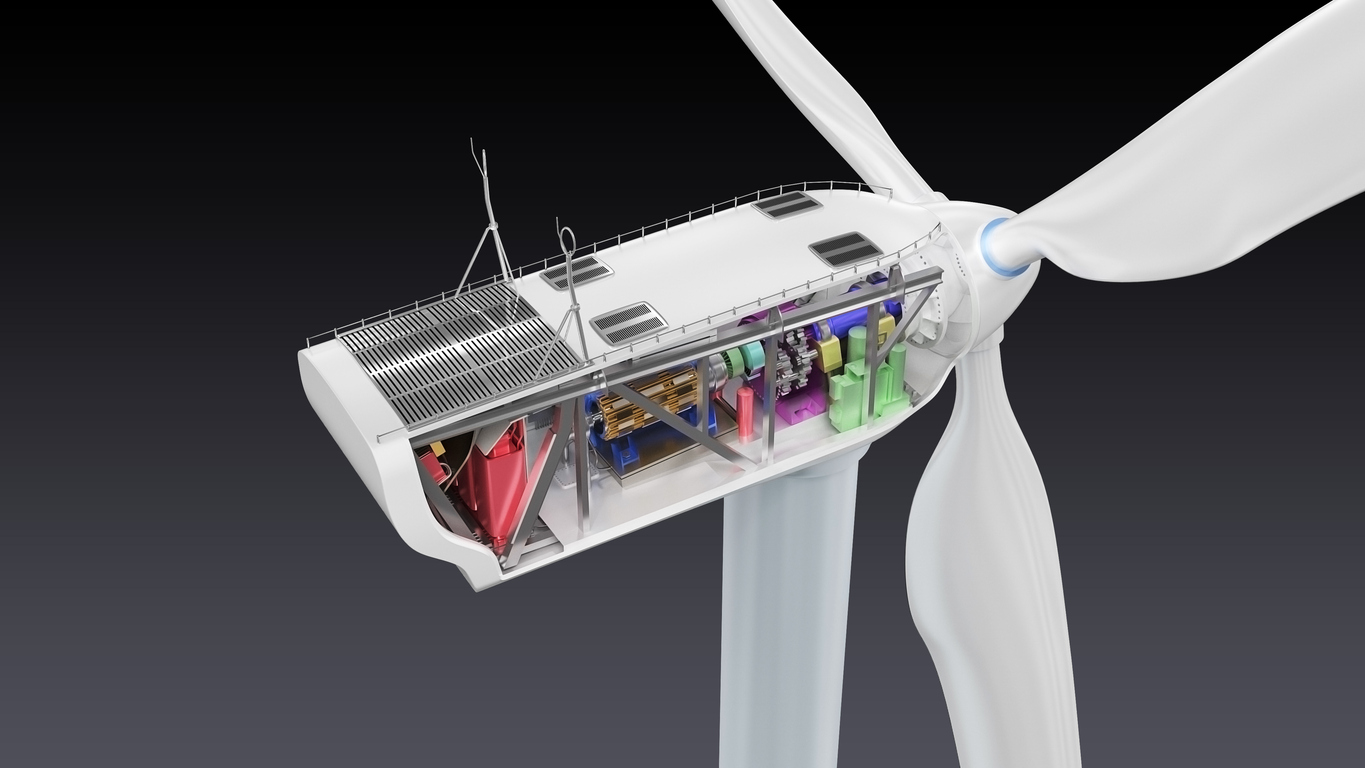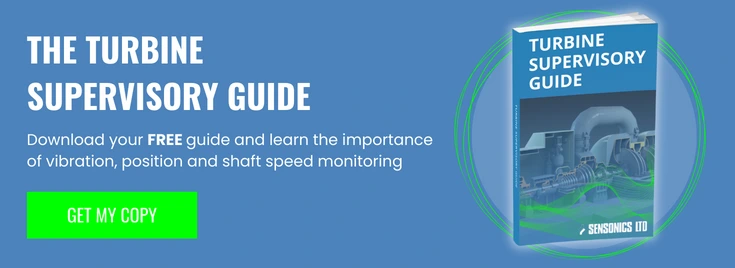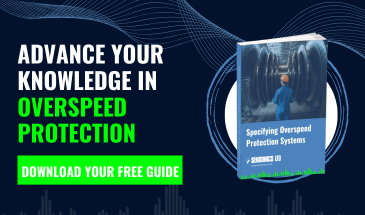How to Avoid 4 Common Failures In Critical Wind Turbine Components
Modern wind turbines include a variety of complex electrical systems that each have a crucial role to play in maintaining efficient operations. Unfortunately, each component is vulnerable to specific types of failure, and failure in one component can increase the risk of catastrophic failure in the system as a whole. In this article, we’ll look at the main failure modes associated with wind turbines and how you can implement solutions to reduce downtime and extend component life.
1. Generator Failures
Wind turbine generators are prone to insulation breakdown, bearing wear, and overheating, among other issues. This excess heat can degrade your insulative material over time, while bearings can experience fatigue due to continual mechanical stress.
Solutions:
- Condition monitoring – install a network of vibration and temperature sensors to monitor the wind turbine bearings in real time. This can predict damage levels and signal your replacement needs before failure occurs.
- Cooling systems – invest in an advanced air or liquid thermal management system to avoid overheating. These systems reduce the risk of overheating by dispersing heat more efficiently.
- Insulation testing – carry out regular insulation resistance tests to detect the early signs of material degradation, giving you plenty of time to take corrective action.
2. Power Converter Failures
In wind turbines, power converters regulate the flow of electricity between the generator and the grid. These components are prone to various failures, including thermal cycling and humidity-induced corrosion, which is an especially high risk in offshore environments.
Solutions:
- Thermal sensors – embed thermal sensors within the power converter to monitor internal temperatures, triggering an alert if they breach an acceptable threshold.
- Redundant systems – redundant phase modules keep your power converter running even if a single component fails, which buys time to implement repairs without disrupting your energy output.
- Weatherproof enclosures – corrosion-resistant casings or shields can protect power converters from salt, water, high winds, and other environmental hazards.
3. Electronic Failures
Insulated Gate Bipolar Transistors and other power electronics have a crucial role to play in energy conversion, but are vulnerable to electrical overloads and thermal fatigue.
Solutions:
- Infrared thermography – non-contact thermal imaging tools can identify hotspots in your electronic circuits, allowing proactive maintenance or replacement of any compromised power electronics.
- Quality components – one of the best ways to minimise failures in your power electronics is to invest in robust quality control during production or sourcing. Talk to your supplier about their material reliability tests and soldering techniques – this reduces incidents of bond wire liftoff and other common defects.
4. Cabling And Connection Failures
Cables and connectors are the weak point in many wind turbines, and are frequently overlooked in maintenance strategies. Insulation breaches and other minor faults can quickly cascade into significant failures if not properly addressed.
Solutions:
- Routine testing – regular Partial Discharge (PD) testing is a good way of revealing early-stage or hidden faults and weaknesses in your cables and connectors before they disrupt operations.
- Network-enabled sensors – Internet connected or IOT (Internet of Things) monitoring devices provide real-time diagnostics of voltage, current flow, and other metrics, allowing early intervention and reducing the risk of energy losses.
Digital Twins And Turbine Maintenance
Digital twin technology has revolutionised the way that wind turbines are monitored, serviced, and repaired. A ‘digital twin’ creates an accurate virtual scale replica or model of your turbines, which allows operators to simulate various failure scenarios and refine their solutions without risking critical assets. Digital twins allow you to plan your predictive maintenance and emergency response strategies more effectively, while also training your engineers to respond more confidently to a variety of real-world issues.
To find out more about turbine supervision and how to maximise safety and uptime in your installation, please contact one of the specialists at Sensonics today by clicking here.



